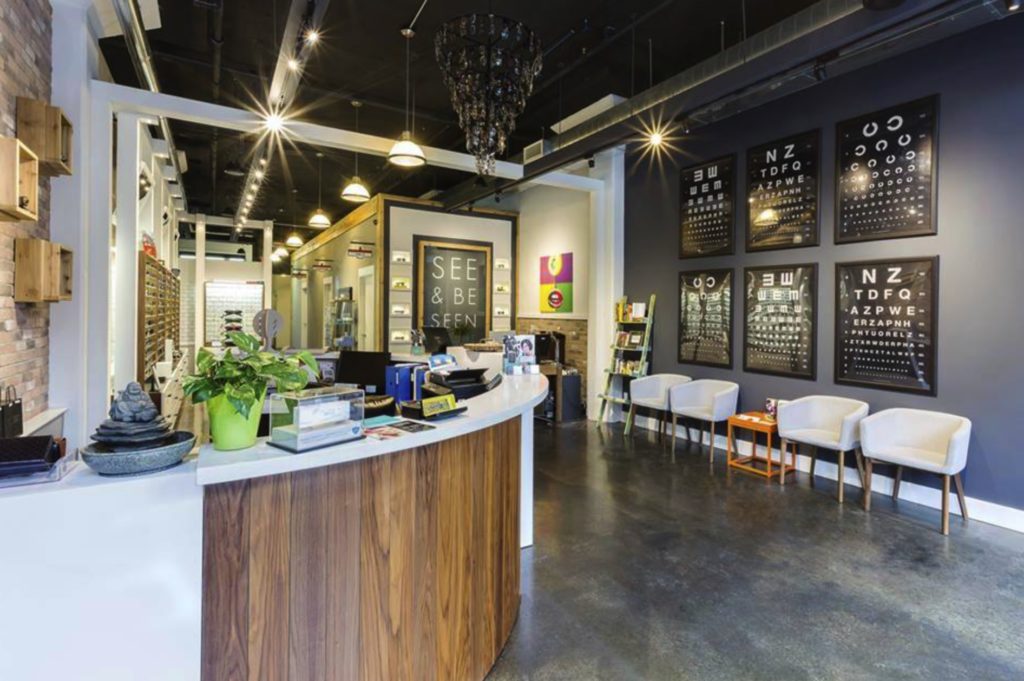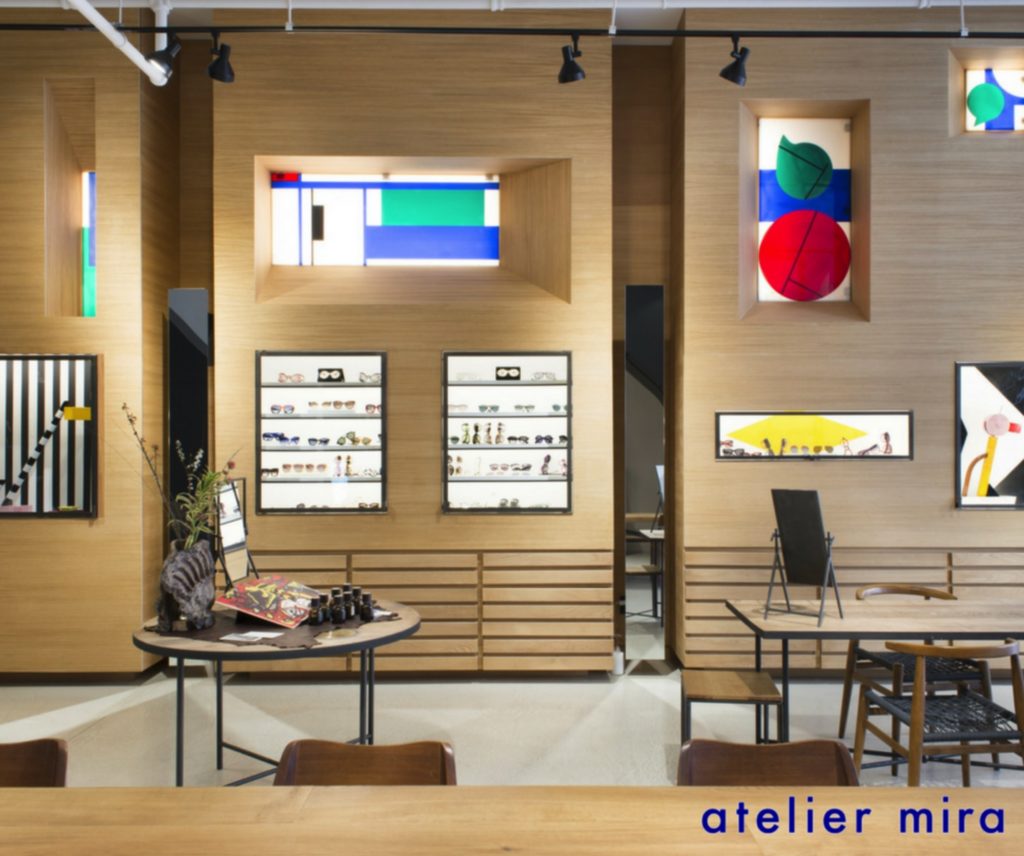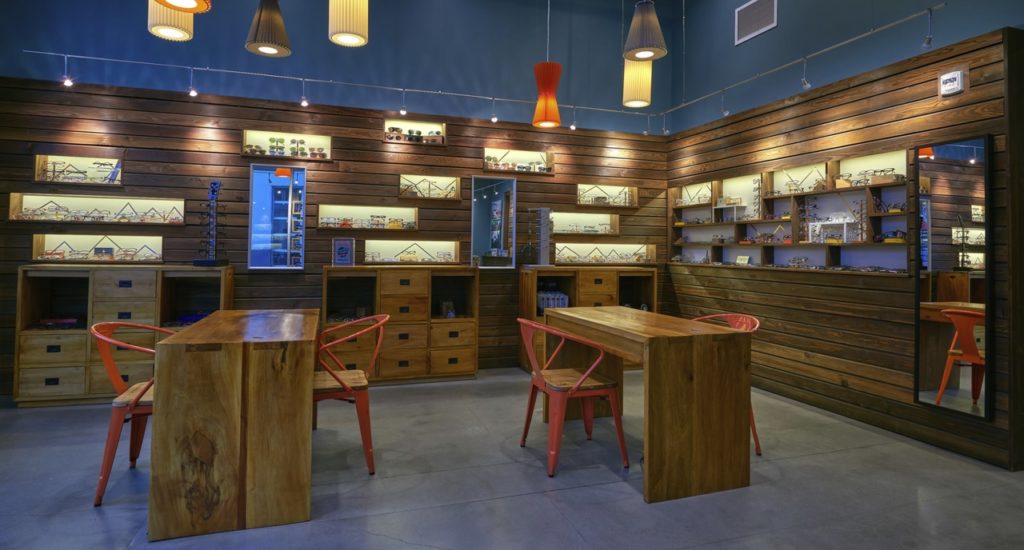By Arian Fartash, OD

March 14, 2018
With Millennials now the biggest segment of the adult population, appealing to their preferences in your optical is critical to serving the needs of patients, and building your profitability. As both an OD and a Millennial myself, here are key features of the optical experience my peers and I care most about.
Homey & Comfortable with Clean Lines
Us Millennials are often into aesthetics. That doesn’t necessarily mean expensive design, but it does mean clean lines, white or marble tabletops and organic displays/decor. Minimalism is key, but with a distinct voice of the lifestyle your office portrays. For instance, if you specialize in outdoors, active lifestyles, with a large sports eyewear selection, the decor of the optical should reflect that. You could add photos of wildlife, or build displays that tell the stories of athletes who have worn the products you sell.
Heavy advertisement should be avoided. By not having noise in the form of ads, sale signs and brand banners, the Millennial will feel more at ease that they are not going to be aggressively sold on a pair of glasses. Your office should instead exude a lifestyle brand that sells without selling. The patient should be able to walk around easily, grab a drink or coffee, and relax on a couch or lounge chair while they wait for their appointment, or accompany a friend who is trying on glasses. Stepping away from traditional doctor office vibes will make the Millennial feel more comfortable and open to experiencing what your optical has to offer.

An optical, See & Be Seen in Toronto, Canada, which Dr. Fartash says would appeal to Millennials, like herself, with its open, clutter-free decor, compete with distinct, optically related artwork on the wall.
A Social Media Site to Preview Your Office
Usually Millennial patients have an idea of what they want before they see your optical in person. They are constantly on their phones browsing, searching and liking pictures. For this reason, I encourage all offices to have pages on Facebook and Instagram that showcase their optical, so the patient will have an idea of what they like, and what to expect, when they enter your office.
Product Displays Related to Lifestyle
I always feel that Millennials respond best when you relate products to their lifestyle. For instance, if a patient is on the computer for many hours a day, I let them know that our human eyes were not made to stare at a screen for many hours on end, and their eyes are suffering because of this. A patient is not likely to leave their job, but they can get glasses with special coatings to help minimize the degree of damage a screen can do to them. I always frame the conversation to show the patient that they have a choice. When framed that way, their choice is usually to better their eye health and comfort.
That lifestyle conversation should continue into the optical, with your opticians saying something similar, and with displays that also reinforce that story. For instance, you could have a display that shows computer eyewear, alongside facts about the impact of digital device use on eyes.

The clean lines of this optical, Atelier Mira in Brooklyn, N.Y., and its bright, user-friendly atmosphere, make it a winner for Millennial patients, says Dr. Fartash.
Focusing on Story, More than Brand
Millennials are more into the story behind a brand than the actual name of the brand. They love to support those brands with stories, and a mission, they relate to. TOMS shoes is a perfect example of this, with the company publicizing that a percentage of its profits go to charity.
Due to the rise in social media, Millennials are able to find these brands a lot easier than before. It is up to you to find brands with compelling stories that will draw in Millennials.
Hand-in-hand with the love of story over brand is the tendency of Millennials to care more about a famous blogger’s choice of eyewear than a celebrity’s. Bloggers have more pull than celebrities these days, and are called influencers. Brands contact them because they have hundreds of thousands of followers, and are able to showcase brands and their stories for many to see.

The informal setup of this optical, Alberta Eye Care in Portland, Ore., with tables to sit with opticians, and modern, colorful lighting overhead, will put Millennials at ease for shopping, says Dr. Fartash.
Socially Conscious Events, Not Trunk Shows
A glasses sale in which part of the proceeds go to a charity, or an event that has a tie to educating people, and giving the opportunity for a charitable donation, is likely to be more of interest to Millennials than an old-fashioned trunk show with brands on display and special sales deals. Millennials are known to want to support businesses with values similar to their own, so showing that your practice cares about the same things they do will build patient loyalty, and make it more likely they will want to purchase from you.
Tablets & Ability to Pay Without Waiting in Line
Tablets are nice to have in your opticians’ hands to pull up frames in different colors, showcase the differences between lenses, and to take photos of the patient wearing frames.
Another thing appreciated by Millennials is the ability to pay for their purchases at the optical desk, rather than having to wait in a traditional check-out line. We’re all about fast and convenient. Doing everything in one area makes it easier and more pleasant, and gives us less time to change our mind.
 Arian Fartash, OD, is a freelance optometrist in California, who has also gained expertise in social media marketing, and heads an optometric social media company, helping offices connect to their existing and future patients online. You can learn more about what she does at www.glamoptometry.com. To contact: arianfartashod@gmail.com
Arian Fartash, OD, is a freelance optometrist in California, who has also gained expertise in social media marketing, and heads an optometric social media company, helping offices connect to their existing and future patients online. You can learn more about what she does at www.glamoptometry.com. To contact: arianfartashod@gmail.com





















